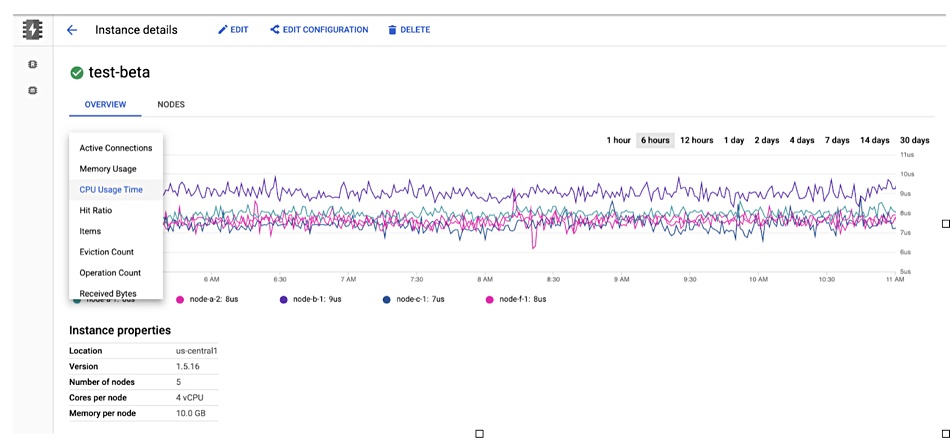“Google helps users reduce Google Cloud costs - ZDNet” plus 2 more |
- Google helps users reduce Google Cloud costs - ZDNet
- For Google, Cloud Diversification Pays Off - Seeking Alpha
- Google Cloud rolls out Memcached database caching - Blocks and Files
| Google helps users reduce Google Cloud costs - ZDNet Posted: 21 Apr 2020 12:00 AM PDT  Over the past two years, the major native cloud players have launched cloud management product teams focused on improving the visibility, billing, and optimization capabilities available natively. Google has also joined this effort. The company provides customers with cost and billing support via onboarding checklists, how-to guides, billing support specialists, and providing billing account, catalog, and budget APIs. Although Google bills customers on a monthly basis, it's also providing options for per-second, on-demand pricing in addition to various committed or sustained-use discounts:
As is the case with all major cloud platforms, navigating billing and cost optimization gets highly complex. New users can kick off their savings with Google's free cost management tools (GCP Pricing Calculator, resource hierarchy, Cloud Identity and Access Management, or quotas). Keep in mind that with its per-second billing, anyone interacting with Google resources should create a script that starts, stops, and destroys a resource for the duration of the application usage. Not only will this prevent unnecessary costs but it could also prevent operational and security issues. This post was written by Senior Analyst Tracy Woo, and it originally appeared here. |
| For Google, Cloud Diversification Pays Off - Seeking Alpha Posted: 03 May 2020 01:25 AM PDT [unable to retrieve full-text content]For Google, Cloud Diversification Pays Off Seeking Alpha |
| Google Cloud rolls out Memcached database caching - Blocks and Files Posted: 04 Apr 2020 12:00 AM PDT Google has announced databases can run faster in its cloud via the Memcached protocol. Memorystore for Memcached beta launch is available in major Google regions across the US, Asia and Europe and rolls out globally in coming weeks. Google already supports the Redis in-memory caching system, which it suggests is applicable for use cases such as session stores, gaming leaderboards, stream analytics, API rate limiting, and threat detection. Both caching systems are popular and so Google has announced Memorystore for Memcached as a fully-managed service. On-premises apps accessing Memcached can also use the service in Google Cloud Platform. Google is responsible for deployment, scaling, managing node configuration on the client, setting up monitoring and patching the Memcached code. Memcached is popular for database caching. It provides an in-memory key:value store and is multi-threaded, enabling a single system to scale up. The Redis in-memory caching system is single-threaded and scales by adding nodes in a cluster. However, strings are the only data type supported by Memcached whereas Redis supports several kinds of data structures such as lists, sets, sorted sets, hyperloglogs, bitmaps and geospatial indexes. Redis also has more features. For example, Memcached evicts old data from its cache via a Least Recently used algorithm. Redis has six different eviction policies to choose from, allowing finer-grained control. Memorystore for Memcached can be accessed from applications running on Google's Compute Engine, Google Kubernetes Engine (GKE), App Engine Flex, App Engine Standard, and Cloud Functions.  Memcached instances can be scaled up and down to optimise the cache-hit ratio and price. Detailed open source Memcached monitoring metrics to help decision making are available in a dashboard. The maximum instance size is a hefty 5TB. You can read a quick start guide and other documentation on the Google Cloud website. - Advertisement - |
| You are subscribed to email updates from "google cloud engine" - Google News. To stop receiving these emails, you may unsubscribe now. | Email delivery powered by Google |
| Google, 1600 Amphitheatre Parkway, Mountain View, CA 94043, United States | |
Comments
Post a Comment